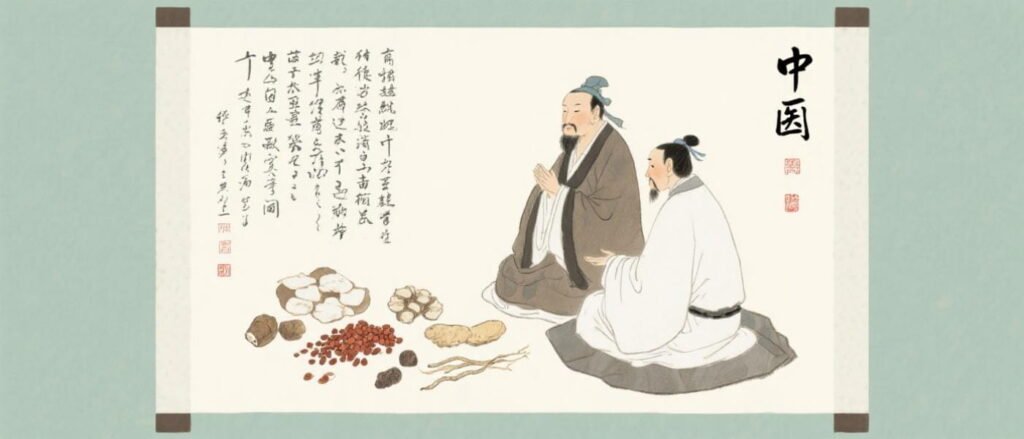A physician’s sister-in-law developed symptoms of headache, vomiting, and loss of appetite. At the time, an epidemic was prevalent, so her family feared she had contracted the contagious disease. By chance, the physician visited a local schoolhouse, where the patient’s nephew, Lanfen, described her condition and requested (used in traditional contexts).

Diagnostic Dialogue
Physician: “Are you experiencing chills or high fever?”
Patient: “No.”
Physician: “Any body aches or nasal congestion?”
Patient: “No.”
Physician’s Conclusion:
“Without these hallmark symptoms, this is not an epidemic disease.”
Pulse Diagnosis:
The pulse at the left guan position (a key pulse-taking point in Traditional Chinese Medicine) was wiry and slippery (xian hua mai), while pulses at other positions were thin and weak.
Explanation to Lanfen:
“This is due to Spleen Deficiency (pi xu) combined with Liver Qi Stagnation (gan yu). If misdiagnosed as an epidemic and treated with sweat-inducing therapies, her already weakened body would suffer further harm.”
Prescription:
The physician prescribed Xiaoyao San (xiaoyao powder), a classical formula for harmonizing Liver and Spleen functions.
Follow-Up:
Days later, the physician encountered Lanfen, who reported: “After just two doses, all her symptoms vanished completely!”
Note: The original text’s “Xiaoyao San” was correctly prescribed (a common typo in the manuscript). This case demonstrates the TCM diagnostic process of detailed inquiry and pulse analysis. Xiaoyao San remains widely used today for stress-related digestive disorders.



Leave a Reply